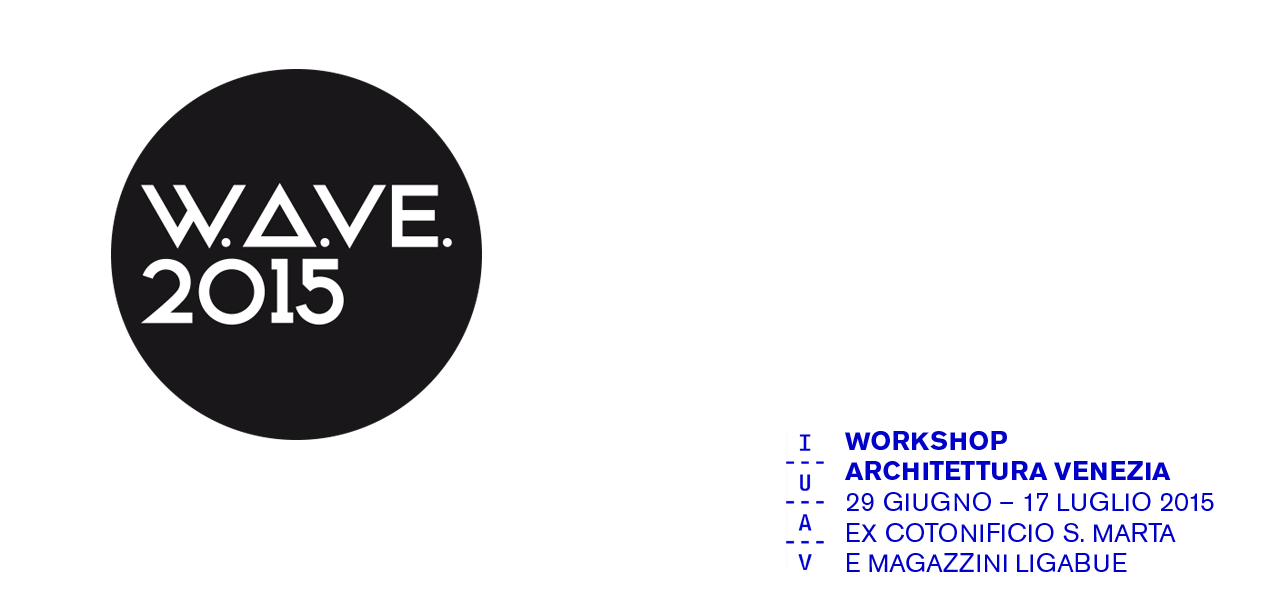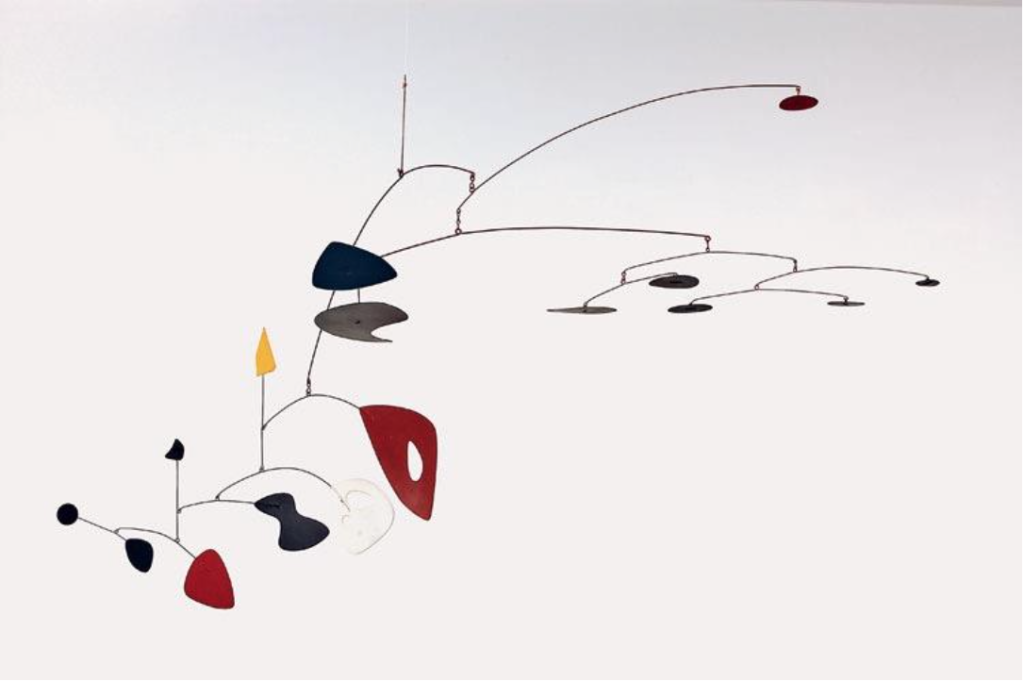Professor
Marta Moreira [BR]
Da quella stella all’altra
Si carcera la notte
In turbinante vuota dismisura,
Da quella solitudine di stella
A quella solitudine di stella.
Giuseppe Ungaretti
EN // The Lagoon of Venice, a place between the continent and the sea, comprises in its interior immensity a series of isolated lands, formerly dependent on each other, which paradoxically coexist communicated by what separates them: the water.
The problem
Historically, Venice has functioned as a set where each of the islands had a specific function. Some of them served to inhabit, others to cultivate and others to produce.
However, overtime the development of the city is transforming the role and importance of these islands. The migratory movements, the strategic-military measures, the industrial development and tourism have often directed the priority for decision-making in order to achieve the benefit of one or other of these isolated aspects, at the expense of its own integrate urban condition and the patrimony which gives value to the city.
How to live with the needs of a contemporary metropolis development without losing the essence of Venice?
Reprogramming the network
It is necessary to understand the Laguna as a unit where each island participates in a network of programs, which that at the same time relates one to another, shows the particular characteristics of each of them.
The proposal for this workshop is based on the understanding of these relations from the current and historical perspective, rethinking the role of each one of the islands in order to imagine a programmatic net that considers each of them as part of a storyline that put in evidence the essence and heritage of the Laguna – the Water.
The design of the possible specific interventions or ways of connection, tangible or intangible, appears, than, as a result of this reflection.
IT // La laguna di Venezia, territorio a cavallo tra il continente e il mare, comprende al suo interno un microcosmo di territori isolati, isole anticamente dipendenti tra loro, che paradossalmente convivono comunicando attraverso ciò che li separa: l’acqua.
Il problema
Storicamente Venezia funzionava come un insieme in cui ciascuna isola che la componevano possedeva una propria specifica funzione. Alcune servivano per abitare, altre per coltivare la terra e altre ancora per la produzione.
Con il passare del tempo lo sviluppo della città ha modificato il ruolo e l’importanza delle isole. Le migrazioni, le operazioni strategico-militari, lo sviluppo industriale prima e del turismo poi, hanno molte volte orientato la priorità delle trasformazioni favorendo un aspetto pittosto che l’altro, a discapito di una condizione urbana unitaria e del patrimonio che le dà valore.
Come far convivere le necessità di sviluppo di una metropoli contemporanea senza perdere l’essenza di quello che è Venezia?
Riprogrammazione della rete
Si deve intendere la laguna come un’unità in cui ongnuna delle isole partecipa in una rete di attività, che allo stesso tempo le mette in relazione ed evidenzia le caratteristiche proprie di ognuna di esse.
La proposta del workshop è, a partire dalla comprensione di queste relazioni da un punto di vista storico e attuale, ripensare il compito di ognuna delle isole nel senso di immaginare un sistema funzionale che consideri ogni isola come parte di un unico scenario che ridia valore al patrimonio e all’essenza della Laguna – l’Acqua.
Il disegno dei possibili interventi localizzati o della forma delle connessioni, materiali o immateriali, appare quindi come conseguenza di questa riflessione.



Leave a Reply